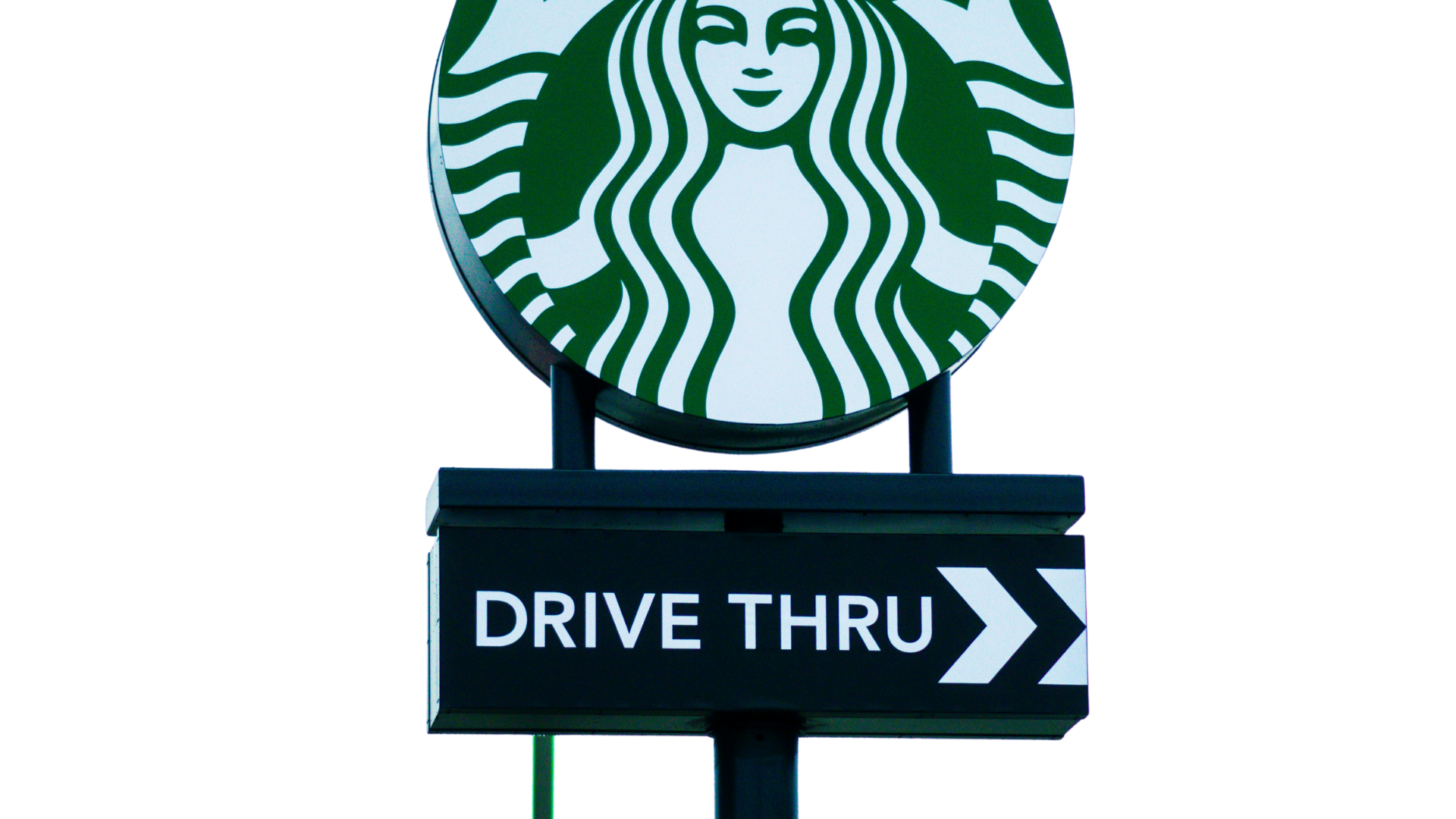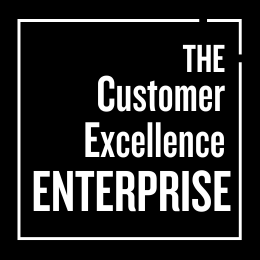The Customer Excellence Enterprise: A Playbook for Creating Customers for Life,
[PRACTICE NOTE] The CMO's New Customer-Centric Imperative
[PRACTICE NOTE] The CMO's New Customer-Centric Imperative
REFERENCE: “The Customer Excellence Enterprise: A Playbook for Creating Customers for Life”
Leadership (LDR) Bold Move #7: Make Customer Excellence a Board-Level Issue
Synopsis. With short tenures relative to others in the C-Suite, the role of the Chief Marketing Officer (CMO) seems to increasingly be in a state of flux. CMOs are challenged to shift strategies and resources from platform to platform to match the ever-changing preferences of diverse customer cohorts. They must also ensure that brand promises remain authentic and relevant in markets that are noisier and more crowded than ever. As real as these challenges are, they also present a unique opportunity for CMOs to renew their value propositions by being intentional about transcending traditional boundaries of marketing to take the lead in a critical corporate transformation: guiding their companies through the structural transition from a tangible to intangible value exchange with today's discerning customers. As global economic activity and demand continues this seismic shift, CMOs are uniquely positioned to spearhead this evolution. To learn more order “The Customer Excellence Enterprise: A Playbook for Creating Customers for Life” at all major booksellers.
The role of the Chief Marketing Officer (CMO) is at a crossroads. Facing an often-ambiguous span of control, pressure to deliver measurable results to the business, and the decline of digital marketing tech as a source of differentiation, a brighter light is now shining on the role. This dynamic has resulted in the CMO role becoming notorious for having the highest turnover rate in the C-Suite -- less than one year CMO tenures at major brands such as Gap and Dunkin’, along with the elimination of CMO roles entirely at UPS, Walgreens and Starbucks affirms the volatility of the role. These challenges may stem in part from outdated perceptions of marketing as a cost center narrowly focused on promotional campaigns rather than as a driver of competitive differentiation, revenue performance and strategic growth. While there are many elements of uncertainty, this moment also presents a unique opportunity for CMOs to redefine their role around a critical but often overlooked strategic imperative:
Specifically, CMOs must move beyond a campaign-centric approach to adopt a customer-centric proposition as they take on accountability to facilitate the strategic transition of their companies from tangible to intangible value exchange.
Although rarely discussed, this transition is one of the urgent strategic shifts accompanying changes in customer preferences and behaviors. In what we refer to as "Experiential Commerce", this new economic paradigm is defined by customers expecting experiential factors, such as ease of use, simplicity, personalization, to be elevated as equal partners to product and brand factors as organic elements of corporate value propositions.
This evolution is essential to align with massive tectonic changes in global value creation, as highlighted by World Bank data, where intangible services, rather than tangible goods and products, now dominating GDP, accounting for over 70% in developed economies and surpassing 50% in many developing markets.
Why this Matters.
Through this transformative point of view, CMOs can fundamentally renew their value proposition as architects of a more customer-centric company, aligned to the preferences and behaviors of today’s discerning customers and positioned to tap into customer experience as source of sustained competitive advantage. With this new mission added to their remit, CMOs essentially become the de facto Chief Customer Officer, advocating for the customer agenda across the organization, and building conviction for that agenda across the C-suite and into the boardroom. This dual focus is happening in real-time and yielding results -- in addition to the CMO role, retailer Petco developed a new chief customer officer role and subsequently grew the membership of its Vital Care paid loyalty program by 42% quarter-over-quarter (Modern Retail).
What Customer Excellence Enterprises (CXEs) Do?
To align with these changes, accelerate revenue performance, and capture outsized value as a Customer Excellence Enterprise (CXEs), CMOs must lead their companies in embracing a customer-centric marketing approach and commercial operating model. Successfully achieving this outcome requires meaningful change to where the marketing function focuses, how it operates, and the commercial operating system that it is built upon. After establishing clarity of intent and conviction to act in the C-Suite, CMOs can get started down this path with three strategic moves:
- Own the Entire Customer Lifecycle. One of the first steps in this transformation is for CMOs to take explicit ownership of the entire customer lifecycle, extending their influence beyond the traditional customer acquisition-focused "funnel". This requires a deliberate focus on migrating to the “bowtie” model that explicitly links new customer acquisition to retention and finally to the “flywheel” that links acquisition, retention and acquisition into an integrated commercial operating model. As the mechanism for ensuring that value is created, and goal attainment is sustained across the entirety of the customer relationship, this structural change requires CMOs to shift their organizations away from transactional mindsets to focus on building deeper and more profitable long-term relationships that maximize lifetime value.
- Prioritize Customers over Campaigns. Secondly, this shift requires CMOs to lead the marketing function from a traditional campaign-focus to a customer-centric framework. As a reminder to marketers, this shift shows up most acutely in how marketing progress and value are measured. Traditional company-centric activity KPIs—such as clicks, opens, views, and likes—must give way to customer performance indicators (CPIs). As the operational language of the CMO and Modern Marketers, CPIs are inherently customer-centric and reflect the impact of marketing and other commercial strategies on specific journeys, based on what customers, rather than companies, consider as valuable and successful. When these bespoke metrics are embedded into the commercial operating model and individual performance evaluations, CMOs ensure that all marketing investments are aligned with delivering meaningful value through the lens of customers.
- Create Urgency and Lead the Charge. Finally, the essential corporate transition from tangible to intangible exchange of value extends beyond the confines of marketing and requires focused and sustained leadership. This requires CMOs to champion both a more customer-centric version of marketing and a broader organizational culture that prioritizes customers. This involves collaborating across functions to ensure that product development, operations, and customer-facing functions and ways of working are fully aligned with customer expectations. Embedding this "customer excellence" mindset into leadership, organizational, operational, and commercial DNA positions CMOs to drive structural and systemic change that enhances the company’s ability to deliver on their brand promise and win at Experiential Commerce.
Key Takeaways.
- When CMOs take ownership of the customer lifecycle, shift the measurement and value language to CPIs, and instill a customer-centric culture, they solidify their role as the strategic leaders accountable for shifting their companies from intangible value definitions value exchange.
- This approach not only ensures organizational viability and brand relevance but also establishes the CMO as a critical voice in shaping the future of the business and the corporate success formula.
- This shift, reflected in World Bank data showing intangible services now dominating GDP in both developed and developing economies, demands a marketing strategy that is significantly more customer centric.
- Customer-centric marketing elevates the customer agenda to the C-suite and boardroom, reaffirming the CMO role, reinforcing the strategic importance of marketing and aligning entire companies with the evolving expectations of customers.
Questions to Consider.
- Is marketing viewed as a cost center, revenue driver, and value creator, and does the CMO have the remit to drive customer-centric initiatives across the company?
- Are the insights and strategies provided by marketing influencing decision-making at the highest levels of the company?
- How does marketing define success, and are metrics shifting from traditional campaign activity KPIs to customer-centric performance indicators, including lifetime value?
- Does the marketing function take responsibility for the entire customer lifecycle, from acquisition to retention and expansion?
- Are there specific strategies in place to build customer loyalty and drive long-term value beyond the initial purchase?
To learn more, order
“The Customer Excellence Enterprise: A Playbook for Creating Customers for Life”
at all major booksellers.











